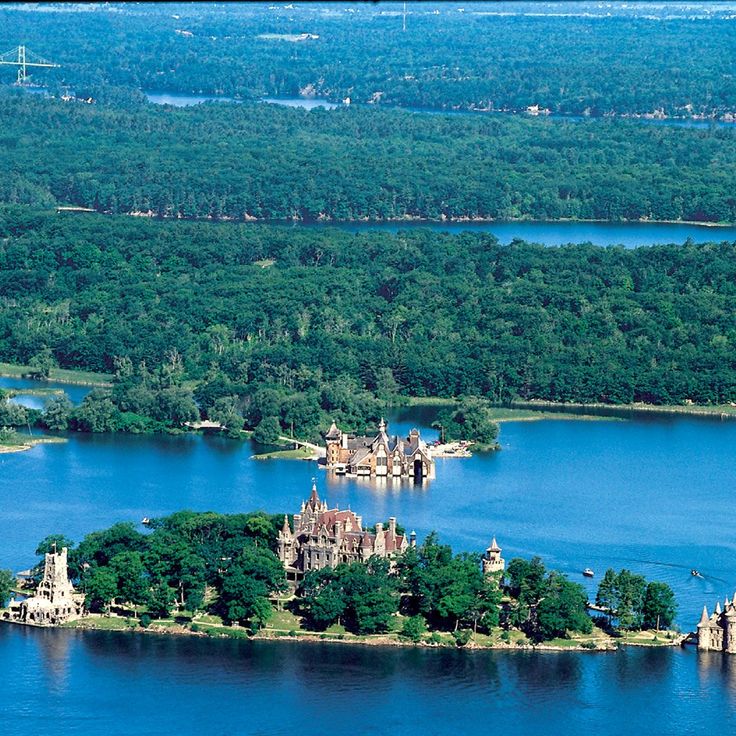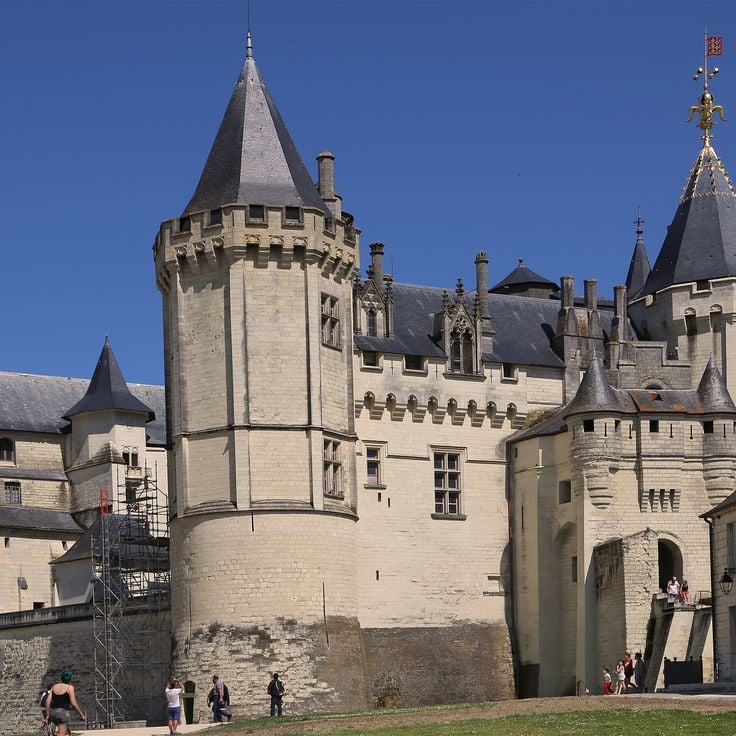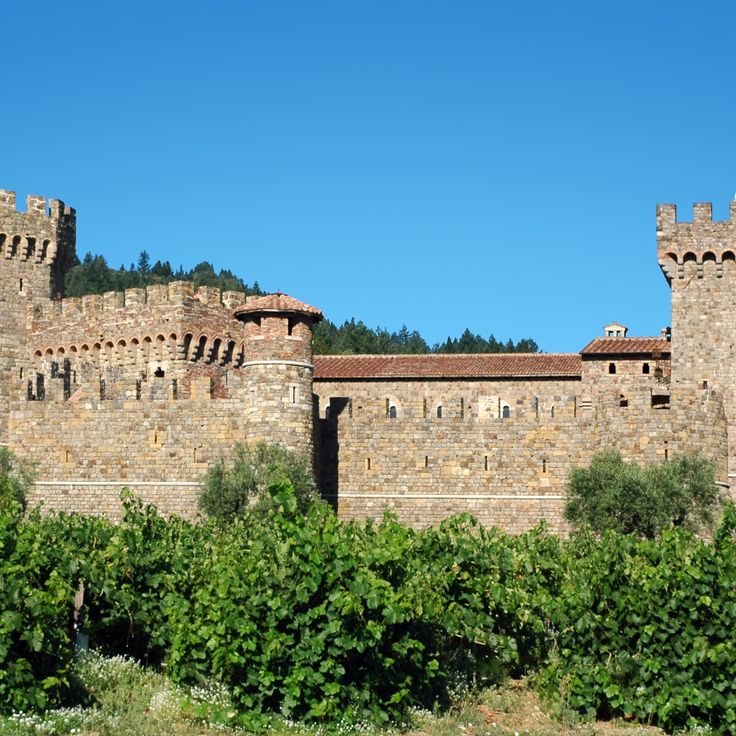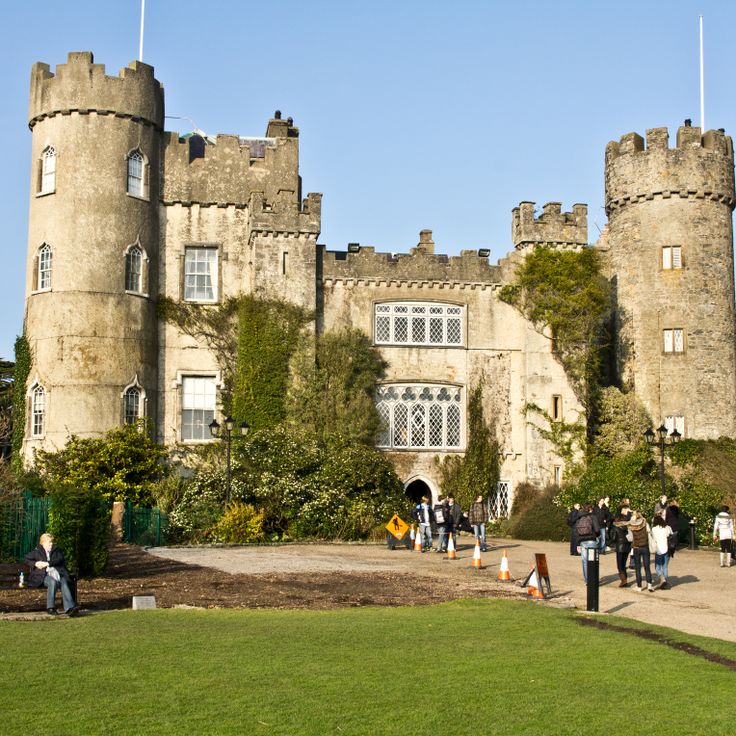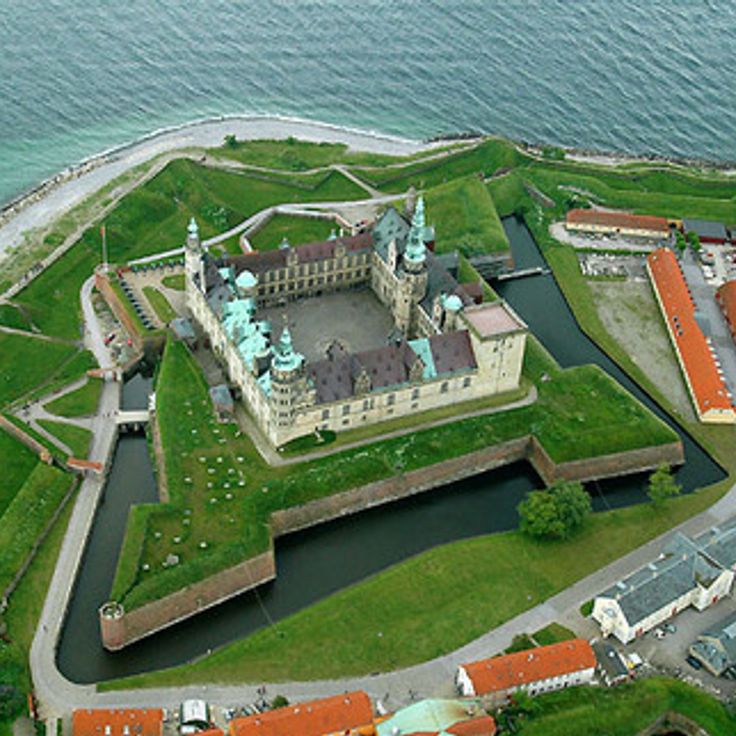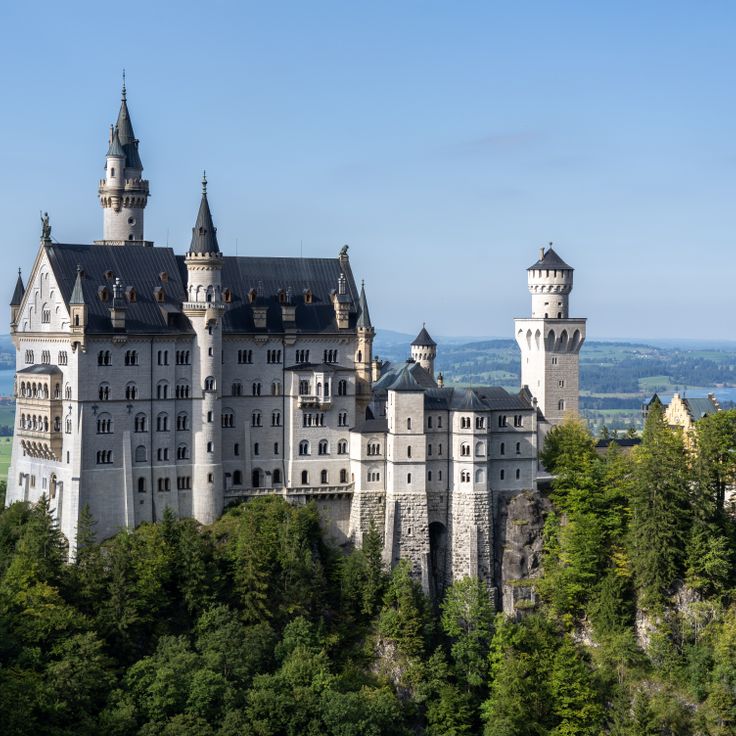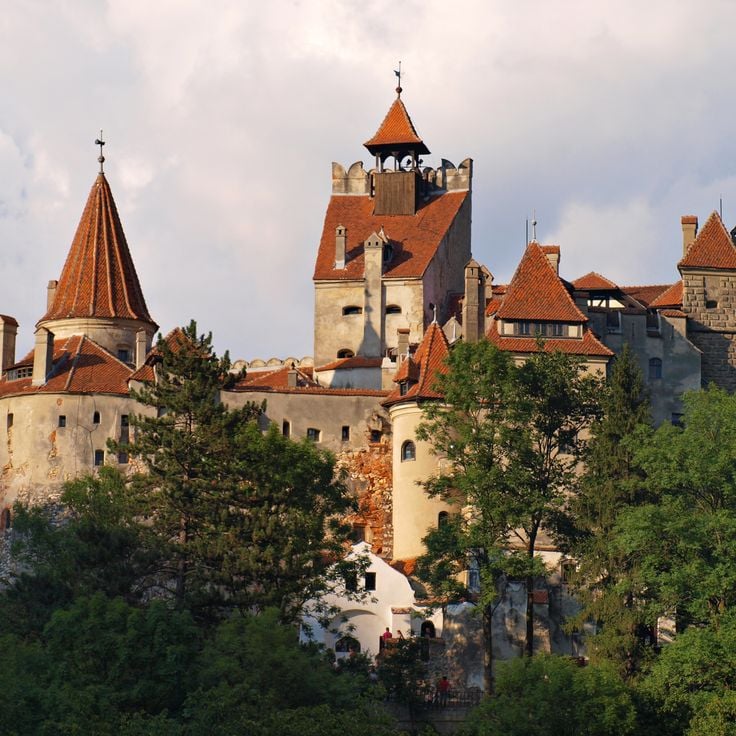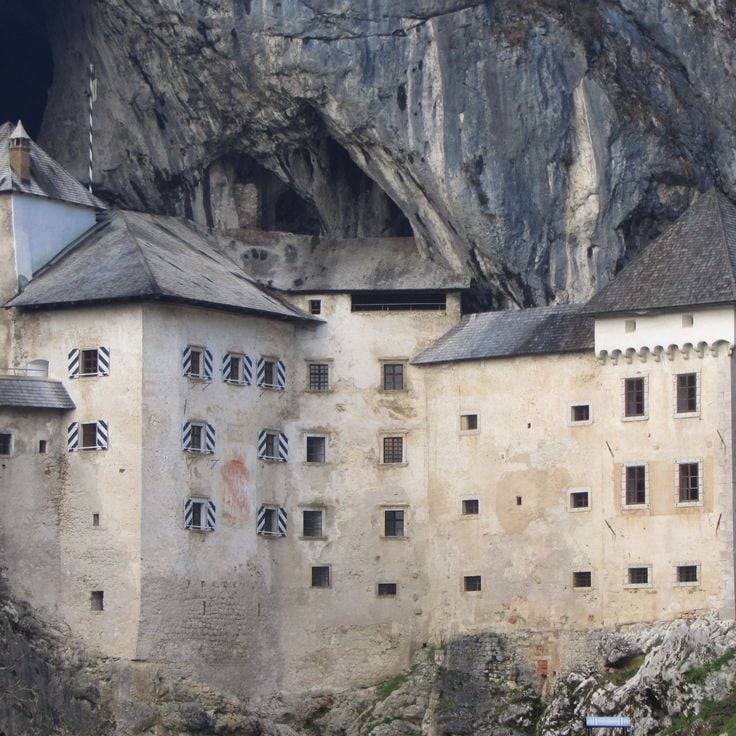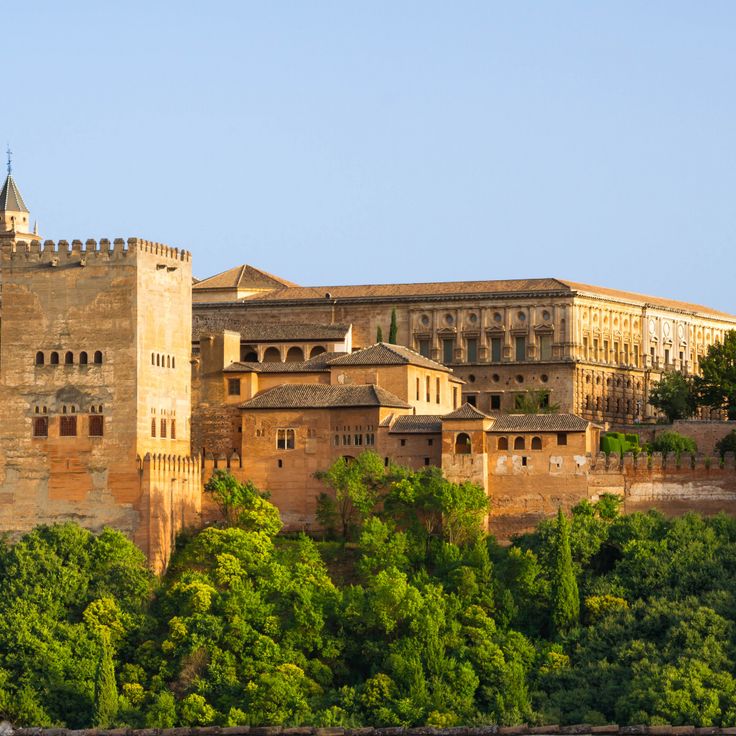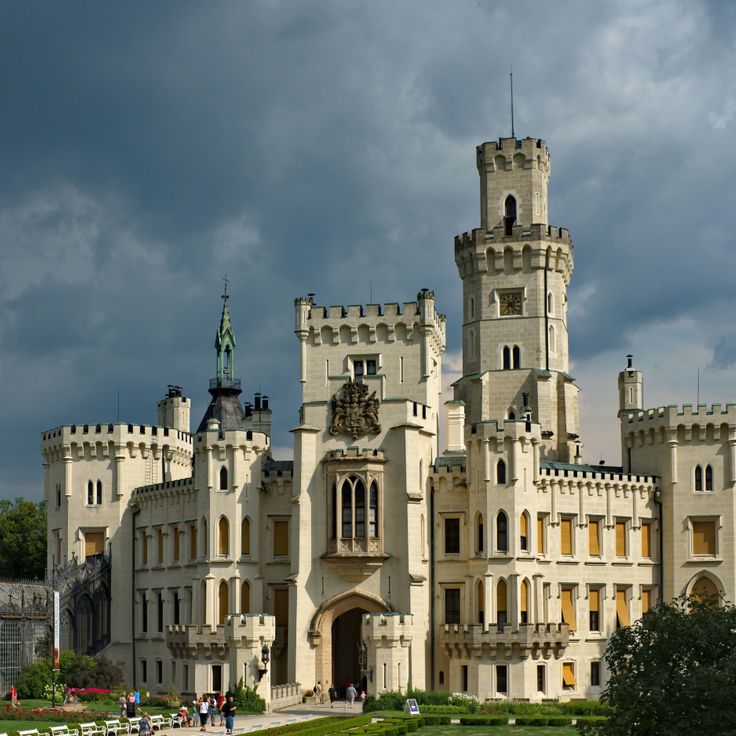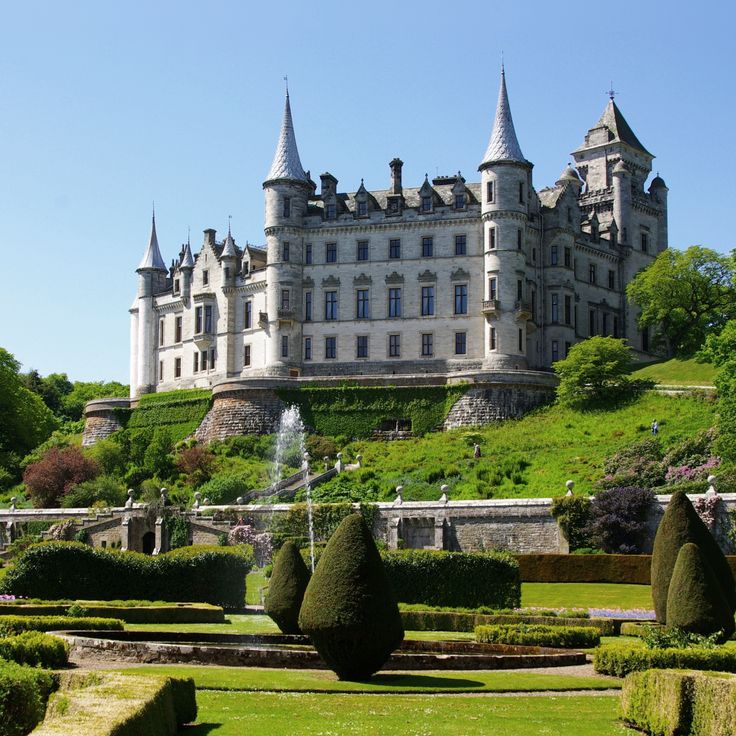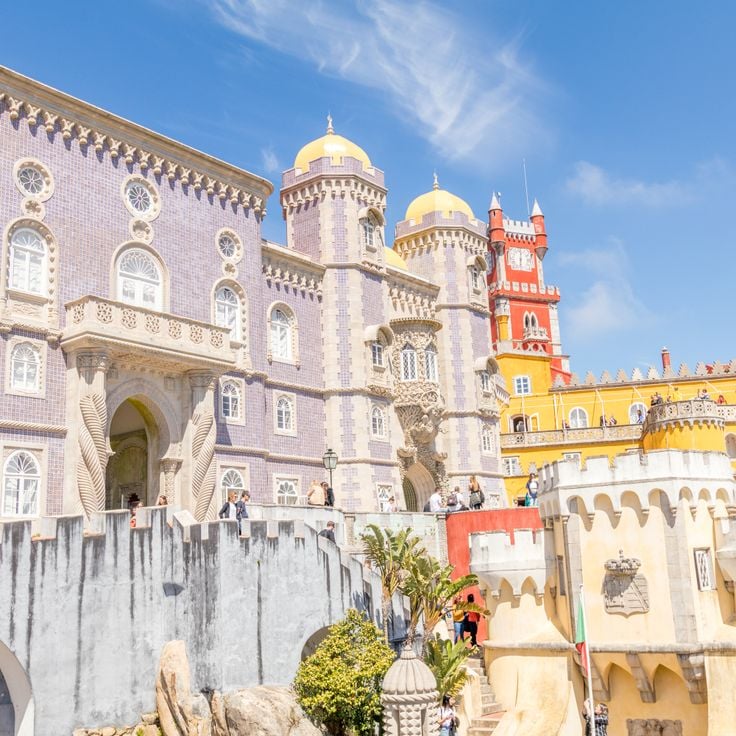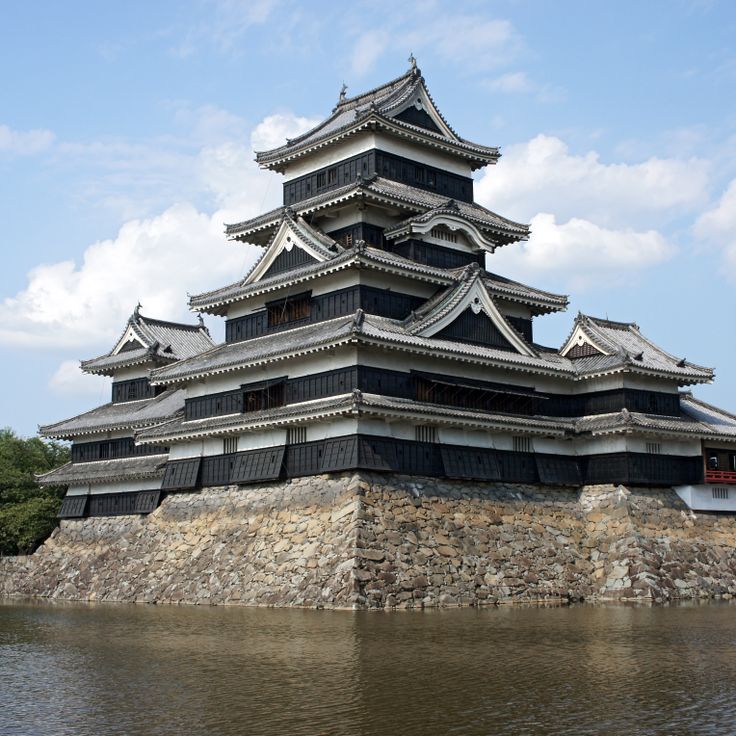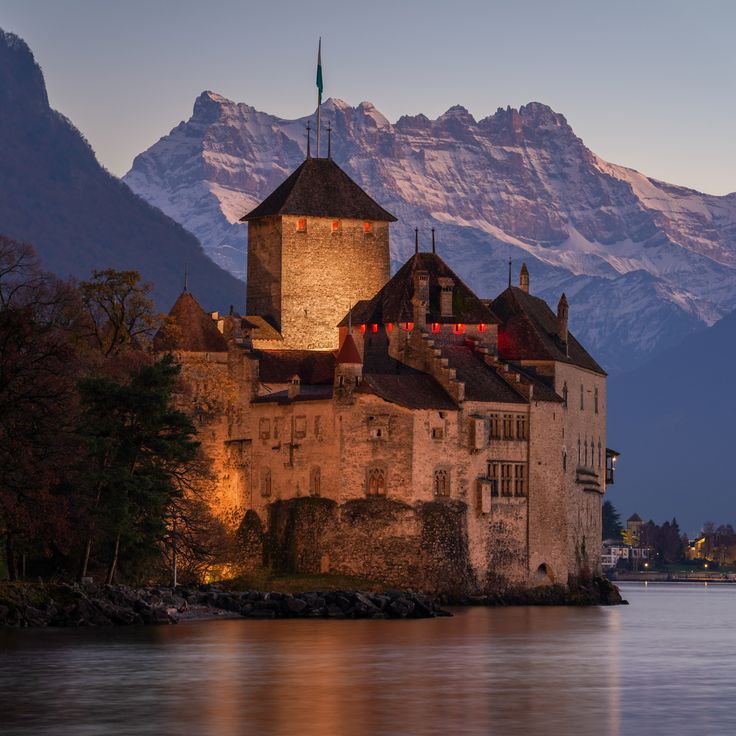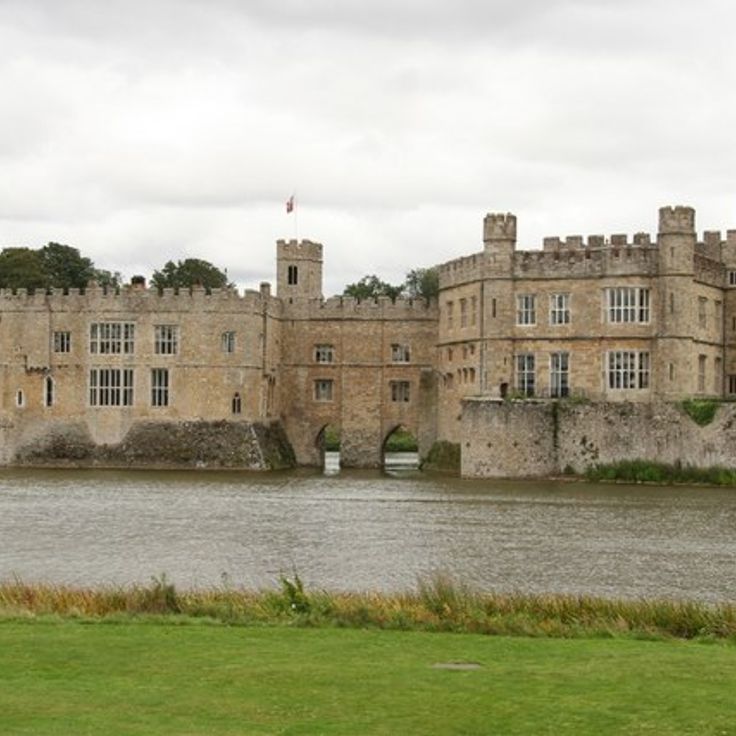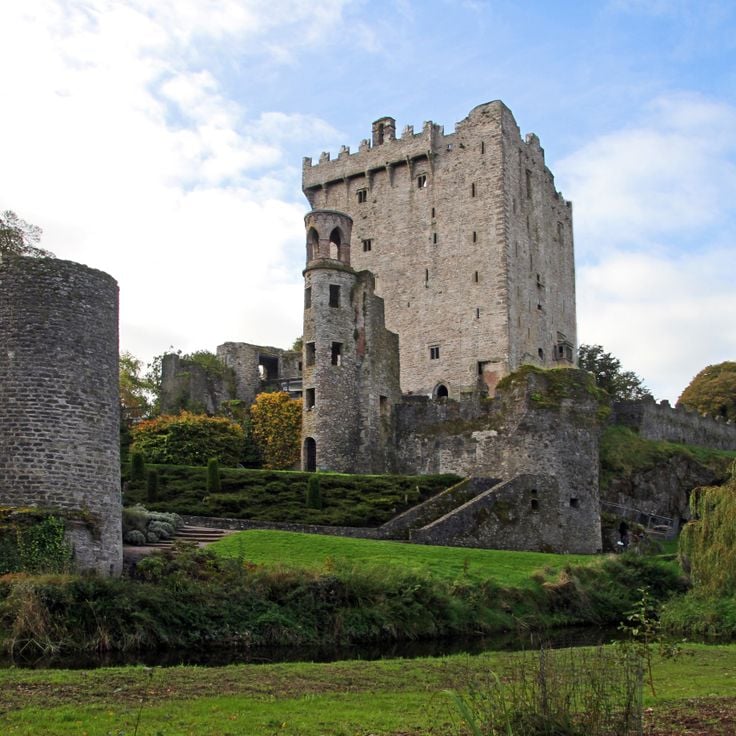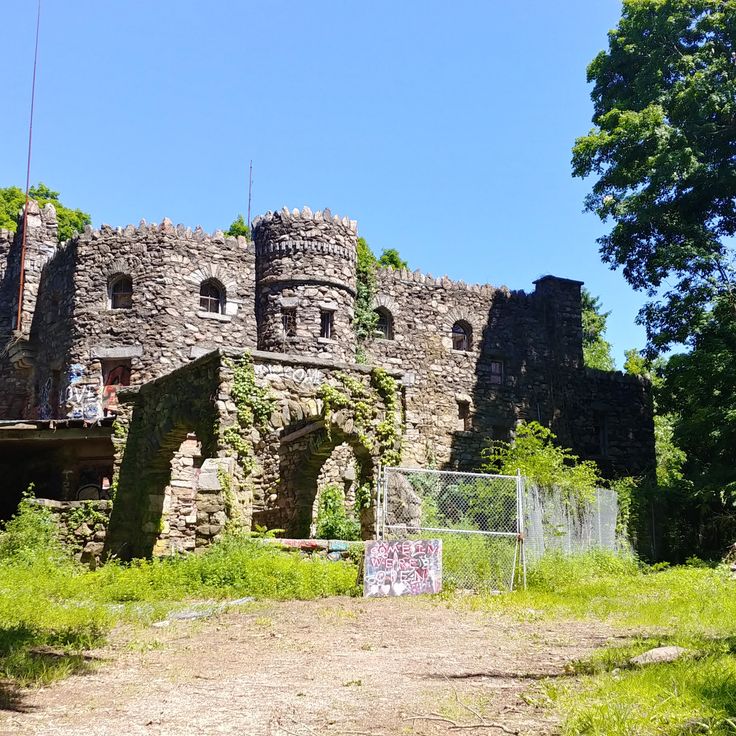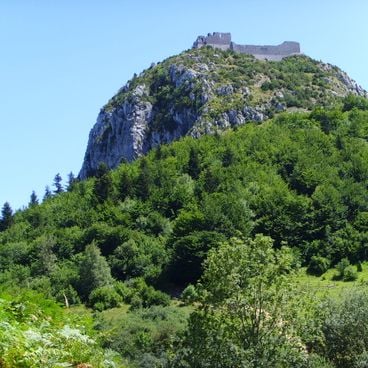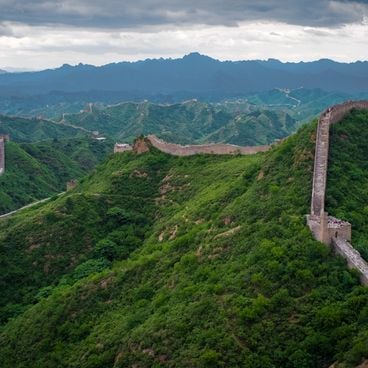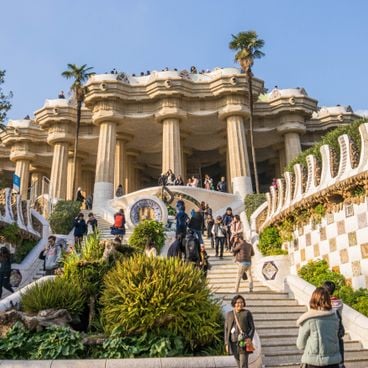These castles are located away from the main tourist destinations and represent different periods of European and American architecture. From medieval fortresses to royal residences, each castle tells its own story. The buildings occupy distinctive locations: on islands, in mountain caves, or surrounded by vineyards. The collection includes structures from various centuries that have remained relatively unknown due to their remote locations or historical circumstances. Some of these castles served as defensive strongholds, while others functioned as aristocratic homes or administrative centers. These sites offer visitors the opportunity to experience historical architecture in quiet settings and learn about the regional characteristics of different countries and periods.
Boldt Castle stands on Heart Island in the Saint Lawrence River. George Boldt, proprietor of the Waldorf-Astoria Hotel, commissioned this structure in 1900 as a testament of love for his wife Louise. Following her sudden death in 1904, he halted all construction, leaving the castle incomplete. The property encompasses 120 rooms with marble floors, Rhineland-style towers, and auxiliary buildings. Since 1977, the Thousand Islands Bridge Authority has gradually restored the structure, which now welcomes visitors to explore its halls and grounds.
Château de Saumur is a medieval fortress dating from the 10th century, standing above the town and the Loire Valley. The four round towers form the distinctive silhouette of this structure, originally built as a defensive position. Over the centuries, this château served various purposes, from royal residence to military prison. Today, the fortress houses a museum dedicated to decorative arts and equestrian culture. The collections include ceramics, furniture, and numerous objects related to the region's horse riding tradition. From the terraces, visitors can observe extensive views over the Loire and the surrounding vineyards.
Castello di Amorosa is a 107-room winery constructed between 1994 and 2007. The property follows the architectural style of 13th-century Tuscan castles and includes authentic elements such as a courtyard, chapel, great halls, and dungeons. The estate spans multiple levels and features thick stone walls, vaulted ceilings, and handcrafted bricks. Visitors can take guided tours through the rooms and sample wines produced on the property.
Malahide Castle was built in the 12th century and served as the residence of the Talbot family for over eight centuries. The fortress combines medieval architecture with later additions from the Tudor and Georgian periods. The Great Hall features original timber paneling and historic wall paintings. The estate extends across 100 hectares with botanical gardens housing more than 5,000 plant species. The collection includes Irish portraits from the 18th century and furniture pieces from various periods.
Kronborg Castle stands at the northeastern tip of Zealand island, guarding the strait between Denmark and Sweden. This 16th-century Renaissance fortress controlled maritime traffic through the Øresund for centuries. Shakespeare chose this fortress as the setting for his play Hamlet, giving the castle worldwide literary significance. The casemates extend beneath the entire structure and served as defensive positions and storage areas. The royal chambers display Flemish tapestries and carved wooden ceilings from the golden age of the Danish monarchy.
Neuschwanstein Castle was commissioned in the 19th century by King Ludwig II of Bavaria and stands on a rocky outcrop above the village of Hohenschwangau. This residence combines Romanesque and Gothic architectural elements and has served as inspiration for numerous fairy tale castles worldwide. The interior rooms feature elaborate wall paintings depicting scenes from German legends, particularly from the works of Richard Wagner. The Byzantine-style throne room and the minstrels' hall are among the most notable spaces. From the terraces, views extend over Alpsee lake and the surrounding mountains.
Bran Castle stands on a rocky outcrop at the border between Transylvania and Wallachia. This medieval fortress from the 14th century served as a defensive structure against Ottoman invasions. The architecture combines Gothic elements with Romanian building traditions. The inner courtyard, winding staircases, and towers reflect the military function of the structure. The connection with the Dracula legend emerged through Bram Stoker's novel, although Vlad III Dracula likely never inhabited the castle. The rooms display furniture and art objects from various periods of Romanian history.
Predjama Castle was constructed in the 13th century within a natural cave opening in the karst region. This fortress combines military architecture with geological formations, extending across multiple levels into the rock face. The strategic position provided protection and access to an extensive cave system that served as an escape route. The structure documents medieval construction techniques for adapting defensive fortifications to natural terrain.
Eilean Donan Castle stands on a small rocky island at the meeting point of three sea lochs in the Scottish Highlands. The fortress was built in the 13th century and served for centuries as a defensive stronghold against invasions. After its destruction in 1719, the site lay in ruins for nearly two centuries until Colonel John MacRae-Gilstrap financed its complete reconstruction between 1912 and 1932. The stone walls and square keep were rebuilt following historical plans. A stone bridge connects the island to the mainland. The castle now houses exhibition rooms dedicated to the history of the MacRae clan and the military heritage of the region.
The Alhambra rises on Sabika Hill above Granada and was built between the 13th and 14th centuries as the residence of the Nasrid sultans. The complex combines military fortifications with royal palaces, including the Court of the Lions with its celebrated fountain and the Sala de los Abencerrajes with its geometric dome. The stucco work displays Arabic calligraphy and plant motifs, while the Generalife gardens are arranged in terraces. The red clay walls gave the compound its name.
Hluboká nad Vltavou Castle stands above the Vltava River as a white neogothic residence dating from the 13th century. The Schwarzenberg family commissioned extensive 19th-century renovations that transformed the medieval fortress into a residential palace modeled after Windsor Castle. The interior displays elaborate wood carvings, historical tapestries, and an important painting collection. The complex comprises 140 rooms and 11 towers, surrounded by an English landscape garden with mature trees.
Dunrobin Castle has served as the principal seat of the Dukes of Sutherland since medieval times. The 13th-century fortress was remodeled in the 19th century in French Renaissance style. Its 189 rooms contain collections of paintings, furniture, and hunting trophies. The formal gardens were designed following the Versailles model and overlook the North Sea. The estate houses a museum dedicated to the history of the Sutherland family and the Highlands.
The Palace of Pena stands on a rocky outcrop in the Serra de Sintra, combining Gothic Revival, Neo-Renaissance and Moorish architectural elements. King Ferdinand II commissioned this summer palace in the 19th century on the ruins of a Hieronymite monastery. The façades display bright yellow and red tones, while the interior rooms preserve original furniture and decorations from the Portuguese monarchy period. The terraced gardens contain exotic plant species from various continents and provide views of the surrounding forests and the Atlantic Ocean.
Matsumoto Castle ranks among the twelve original castles in Japan that survived from the pre-1868 era. This fortification was constructed in the late 16th century and features a distinctive black wooden exterior that earned it the nickname 'Crow Castle'. The five-story main keep combines defensive military architecture with an attached moon-viewing turret added during the more peaceful Edo period. The structure stands on stone foundations surrounded by a moat and displays typical defensive elements including arrow slits and concealed staircases.
The Château de Chillon is a medieval fortress built on a rocky outcrop along the shore of Lake Geneva. This water castle from the 12th century comprises several buildings, including residential towers, defensive structures and underground vaults. The complex served for centuries as the residence of the Counts of Savoy and later as a prison. Visitors can explore the restored halls, the chapel with Gothic murals, the armories and the cellars. From the towers, views extend over the lake and the surrounding mountains of the Vaud Alps.
Bodiam Castle was built in 1385 by Sir Edward Dalyngrigge during the Hundred Years' War in the valley of the River Rother. This medieval fortress features a square layout with four round corner towers and is completely surrounded by a wide moat. The structure served both military and residential purposes and displays typical defensive features including battlements, arrow slits, and a fortified gatehouse. The interior courtyard was partially destroyed over the centuries, but the outer walls and towers remained largely intact. The castle changed ownership multiple times and underwent restoration work in the 20th century.
Leeds Castle was built in the 12th century and spans two islands in a lake formed by the River Len. The medieval fortress uses the surrounding water as a natural defensive moat. The Norman architecture features thick stone walls and several towers. Throughout the centuries, the estate served as a residence for various English monarchs. The interior rooms contain furniture and artwork from different periods. The grounds include lawns, a maze, and woodland paths along the waterfront.
Blarney Castle is a medieval fortress built in the 15th century in County Cork. This castle houses the Blarney Stone, a limestone block set into the battlements. According to legend, kissing this stone grants the gift of eloquence. The site includes a tower house with multiple floors, defensive walls, and gardens spread across the grounds. Visitors can explore the castle rooms and view the surrounding countryside from the tower.
Château Hearthstone was built in the 14th century and stands as a medieval fortress with four round towers. The stone walls reach a thickness of three meters and protect a square courtyard with a historic well at its center. The architecture displays typical features of medieval defensive construction in the Castile and León region.
